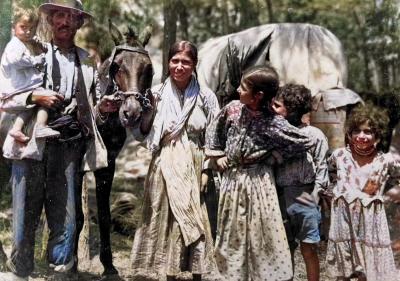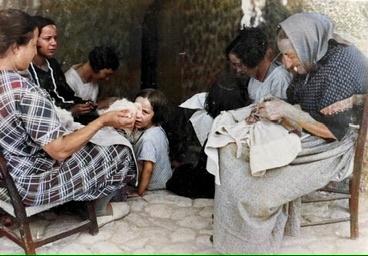How do tourists typically try to engage with or learn about the Spanish royal family while visiting Mallorca?
Similar Topics
spanish royal family
mallorca tourism
marivent palace
palma attractions
royal gardens
historical museums
guided royal tours
royal events
Tourists visiting Mallorca often seek to engage with the legacy of the Spanish royal family primarily through cultural and historical exploration. A key focal point for these visitors is the Marivent Palace, the summer residence of the Spanish royal family. Situated in Palma, the island’s capital, the palace and its surrounding gardens offer an opportunity to appreciate the royal presence in a serene coastal setting. While the palace itself is not generally open to the public, its beautifully maintained exterior and gardens are often admired and photographed from designated public viewpoints, providing a tangible connection to the monarchy during their stays on the island.
In addition to the palace grounds, visitors frequently immerse themselves in the rich history and traditions connected to the royal family by visiting local museums and historical sites. These venues often provide contextual information about the monarchy’s role in Mallorca and its cultural significance throughout history. Travelers may also find guided tours that include stories and insights about the royal family’s impact on the island, enriching their understanding through carefully curated narratives. Additionally, attending public events, such as official celebrations or festivals where the royal family occasionally appears, offers a more dynamic way to experience their presence.
Many tourists complement their visit by exploring nearby areas and landmarks associated with the royal family’s leisure and philanthropic activities. For example, historic churches, estates, and natural parks frequented or patronized by the royals can provide a more comprehensive view of their lifestyle and contributions to Mallorca’s cultural heritage. While direct interaction with members of the Spanish royal family is rare, these thoughtful engagements allow visitors to appreciate their historical significance and contemporary relevance in a respectful and meaningful manner. This approach aligns well with the island’s tranquil and dignified atmosphere, reflecting the enduring connection between Mallorca and the Spanish monarchy.
In addition to the palace grounds, visitors frequently immerse themselves in the rich history and traditions connected to the royal family by visiting local museums and historical sites. These venues often provide contextual information about the monarchy’s role in Mallorca and its cultural significance throughout history. Travelers may also find guided tours that include stories and insights about the royal family’s impact on the island, enriching their understanding through carefully curated narratives. Additionally, attending public events, such as official celebrations or festivals where the royal family occasionally appears, offers a more dynamic way to experience their presence.
Many tourists complement their visit by exploring nearby areas and landmarks associated with the royal family’s leisure and philanthropic activities. For example, historic churches, estates, and natural parks frequented or patronized by the royals can provide a more comprehensive view of their lifestyle and contributions to Mallorca’s cultural heritage. While direct interaction with members of the Spanish royal family is rare, these thoughtful engagements allow visitors to appreciate their historical significance and contemporary relevance in a respectful and meaningful manner. This approach aligns well with the island’s tranquil and dignified atmosphere, reflecting the enduring connection between Mallorca and the Spanish monarchy.
🧩 Related Questions
Related Question
Do hotels and restaurants in Mallorca use traditional utensils to provide an authentic dining experience for visitors?
Related Question
In what ways is the Estelada flag used during cultural and political events in the Catalan Countries?
Related Question
How do Mallorcan heating customs compare to those in colder European regions with harsher winters?

